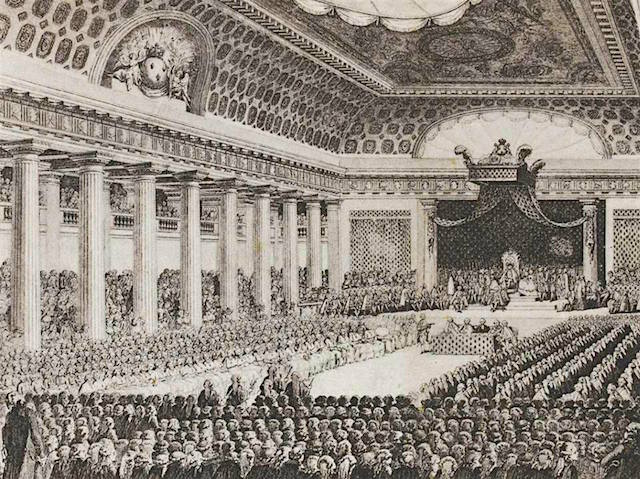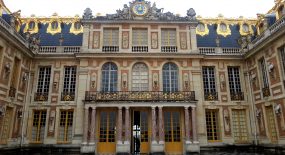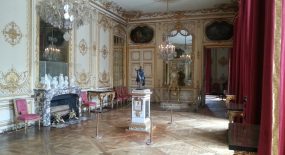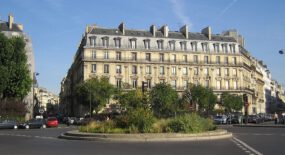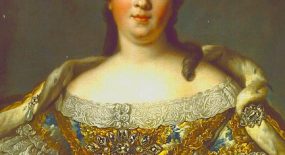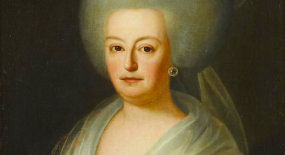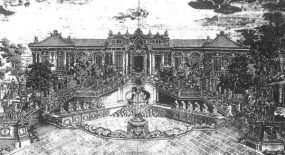Part 5.1 is the first of four parts of Chapter 5.
A Childhood at Versailles consists of the first 5 chapters of the memoirs of Mme de Boigne (1781-1866), née Adèle d’Osmond, who was a French salon hostess and writer. She was born in the Château de Versailles and lived at the court of Louis XVI and Marie-Antoinette until her family fled to England during the Revolution. Later in her long life, she married a rich soldier of fortune 30 years her senior, hosted a brilliant salon in Paris, and became an intimate of the last French queen, Marie-Amélie, consort of King Louis Philippe (r. 1830-1848). Childless herself, Mme de Boigne addressed her memoirs to her grandnephew. The memoirs were not published until 1907, under the title Récits d’une tante, or An Aunt’s Tales. They’ve never been published in English, as far as I know, so I’ve decided to translate the first 5 chapters, the ones that take place mainly at Versailles, and post them here on this blog for interested readers to enjoy for free.
The chapters are quite lengthy, so I’ve broken each one into several parts. In Part 5.1, the author recounts her family’s sojourn in Rome after their flight from Paris. While living in the Eternal City, they met many interesting people, including the last Stuart, Henry Cardinal York.
A Childhood at Versailles, Chapter 5, Part 1 (5.1)
I shall quickly pass over our stay in Italy. I have but a slight memory of it; I only remember hearing talk about the tiffs at Mesdames’ little court, which, even then, seemed to me to be of an extreme ridiculousness. The quarrels of the two chief ladies-in-waiting were pushed to the point of dividing the small number of French people then at Rome. One was either of the Narbonne party or the Chastellux party, and cordially detested one another.
My parent’s attitude was decided by the honour that my mother had of belonging to Madame Adélaïde, which the Chastelluxes recognized, and they remained on good terms. The Chastellux children were on intimate terms with me, as well as Louise de Narbonne, the duchess’s grand daughter. All the same, in order not to create jealousy, we were all equally excluded from the princesses’ presence.
I did not see Madame Adélaïde even three times during our stay in Rome. In truth, I was past the age at which one amuses oneself with a child as with a lapdog. Despite the domestic quarrels of which they were both witnesses and victims, their entourages never managed to drive a wedge between the two elderly princesses. They died within days of one another, having always lived in the tenderest unity. Madame Victoire had a great admiration for her sister, who returned it affectionately.







